Gdańsk, Poland
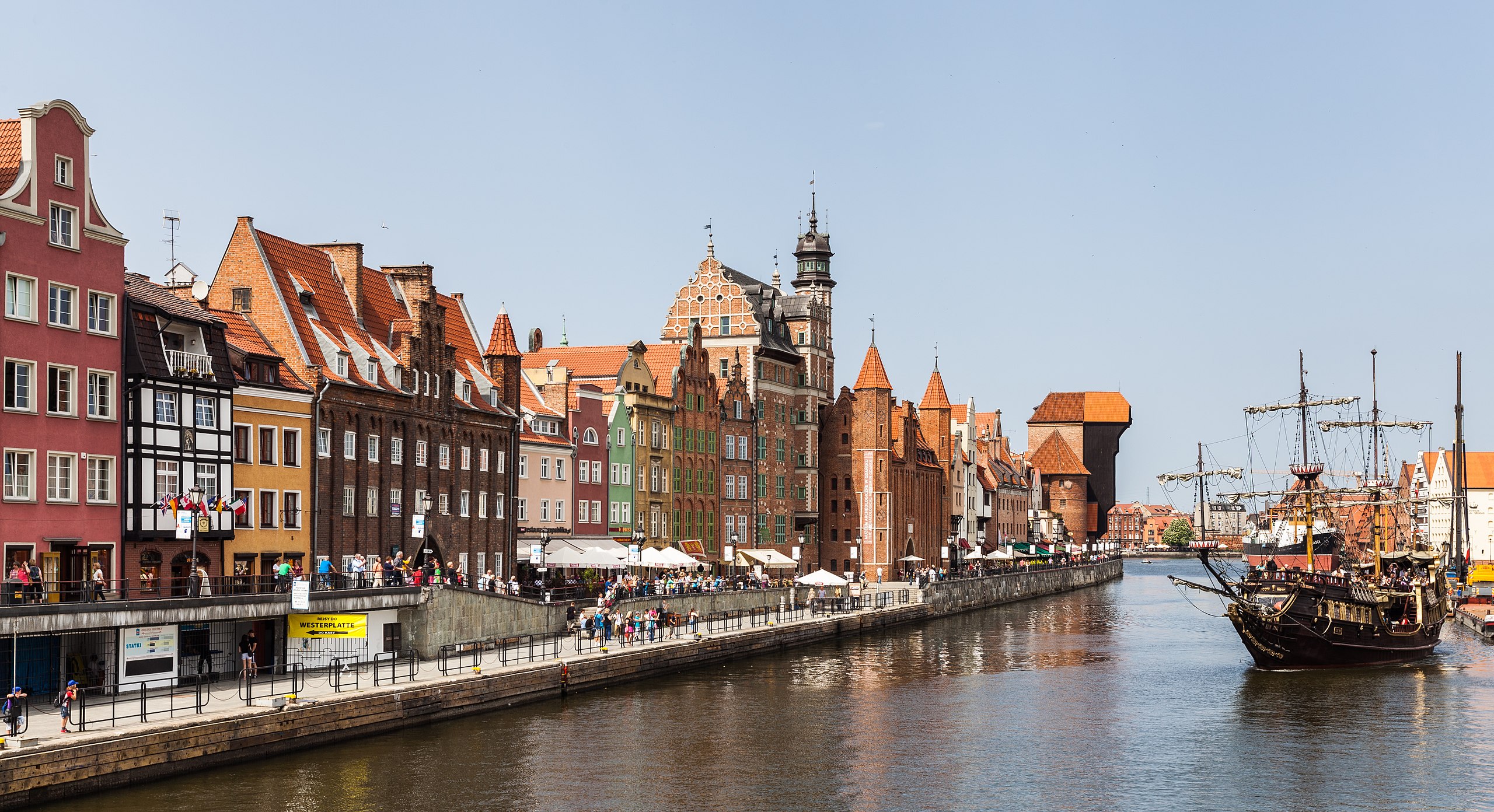
Photo Credit: Diego Delso, delso.photo, License CC BY-SA
Gdańsk, a city nestled on the Baltic coast of northern Poland, is a place where history, culture, and maritime tradition blend seamlessly. Known as the “Pearl of the Baltic,” Gdańsk is a city of stunning architecture, rich heritage, and a vibrant atmosphere that continues to draw visitors from around the world.
About Poland
The Republic of Poland is a country in Central Europe and a member state of the European Union. Its territory extends from the beaches along the Baltic Sea in the north to the Sudetes and Carpathian Mountains in the south. The population of about 36.8 million occupies an area of about 322,000 square kilometres.
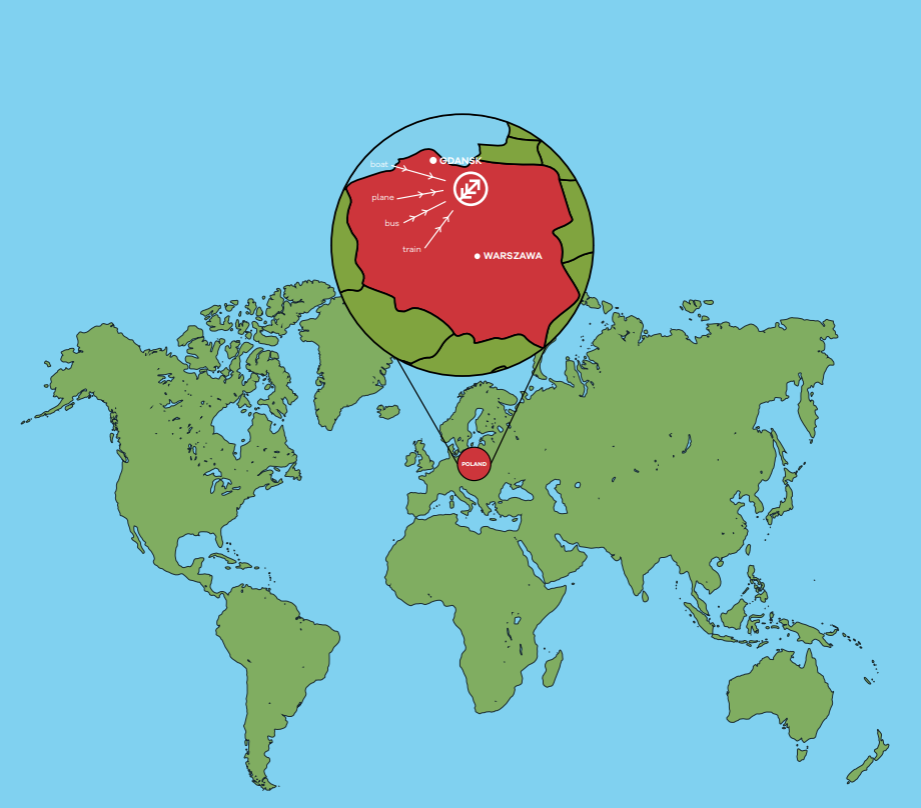
Flag of Poland
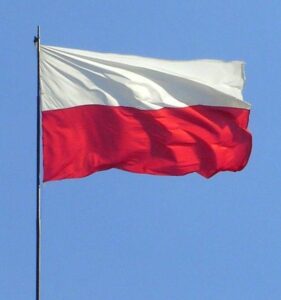
Coat of Arms of Poland
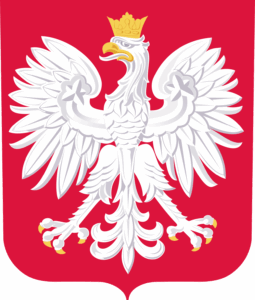
Many Poles can speak English, and the country is experienced in organising big events, such as the UEFA Euro 2012 and World Youth Day 2016. Poland has a modern transportation infrastructure and an extensive network of bus, rail, and air connections, both international and domestic, with affordable prices.
The currency is Polish Złoty. International credit cards are accepted, and mobile payments are widespread and accessible. Polish shops carry a wide range of goods, with food suitable for various diets and the essentials you may need while traveling.
Poland is also renowned for its rich cultural heritage and historical significance. The country is home to numerous UNESCO World Heritage Sites, including the medieval old towns of Kraków and Toruń, the Castle of the Teutonic Order in Malbork, and the Auschwitz-Birkenau concentration camp.
Meet Gdańsk
Boasting a tradition of over 1,000 years, Poland’s maritime capital, Gdańsk, is one of the largest ports on the Baltic Sea and a unique metropolis marked by a spirit of freedom and courage. The city’s motto perfectly captures the essence of this former Hanseatic city, encouraging us to live “neither rashly nor timidly.
As you wander through the charming streets of this maritime city, marvel at the meticulously restored buildings and colorful facades lining the famous Long Market. Explore the captivating history of the Solidarność movement at the European Solidarity Centre.
With its enchanting atmosphere, fascinating museums, and delightful waterfront promenades, Gdańsk welcomes Scouts from all over the world seeking an unforgettable adventure in Poland.
Gdańsk has a well-developed transit system and many bike paths. You can hop on and off the Rapid Urban Rail and buses within the city. Trams will take you to the city beaches (15 minutes from the city centre), buses will take you to the Tricity Landscape Park (25 minutes from the city centre), the Rapid Urban Rail takes just 20 minutes to reach Sopot, a neighbouring city famous for its health resorts, and extending the ride by 10 minutes will take you to Gdynia (a port city).
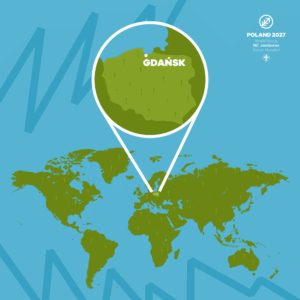
Scouting in Poland
Związek Harcerstwa Polskiego (ZHP), the Polish Scouting and Guiding Association, was founded in 1918 and is one of the largest youth organisations in Poland, with more than 110,000 members (Scouts, Guides, and leaders). The ZHP is a founding member of the World Organization of the Scout Movement (WOSM) and the World Association of Girl Guides and Girl Scouts (WAGGGS).
The ZHP’s motto is “Czuwaj!” which means “Be Prepared!”.
Scouting in Poland started in 1910. The association grew steadily until 1939, laying sustainable education and programme foundations, as well as becoming one of the largest social and educational movements in the country. During World War II, many Polish Scouts kept their oath and served the nation as resistance fighters. Following WWII, Poland became part of the Communist bloc, and the ZHP was forced to suspend its WOSM and WAGGGS memberships.
However, the association retained some independence from the communist regime and carried on its educational mission while preserving and nurturing its pre-war Scouting traditions. In 1995, a small Polish contingent participated in the 18th World Scout Jamboree in the Netherlands. They returned home with a dream to someday host a World Scout Jamboree in Poland. In 1996, following Poland’s return to a democratic political system, the ZHP re-joined WOSM and WAGGGS.
The ZHP’s mission is to educate and support young people in reaching their full potential. The ZHP provides dynamic, values-based, non-formal educational and leadership training programmes for girls and boys between the ages of 6 and 21. It provides a safe environment for young people to develop their full potential as responsible and active citizens who participate in their local, national, and international communities.
The President of the Republic of Poland has been the honorary patron of Scouting in the country since 1920. Scouting in Poland enjoys high social trust, and Scouts actively participate in local community life, proving that the motto “Be Prepared!” is not just about readiness, but actual service.











